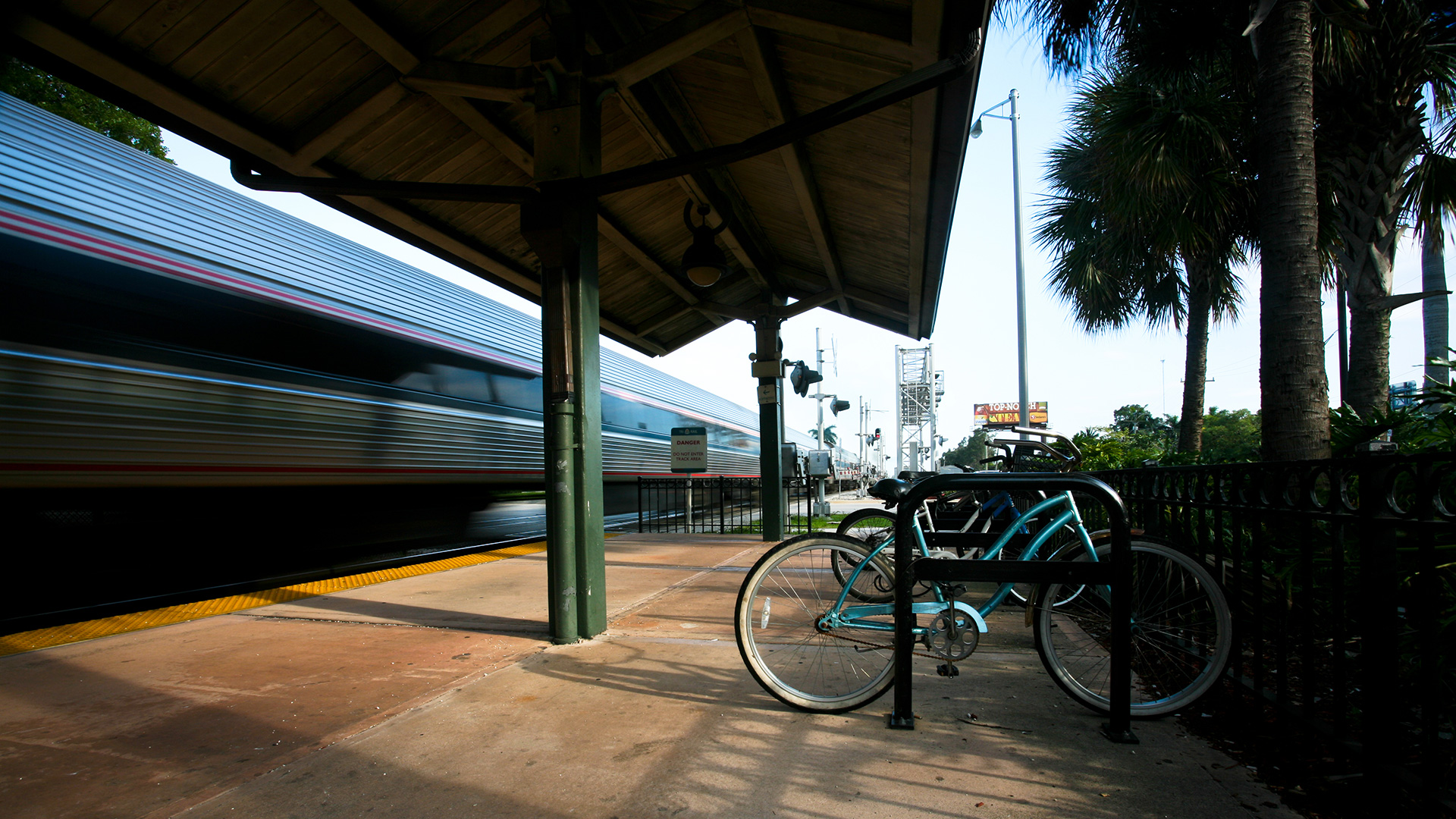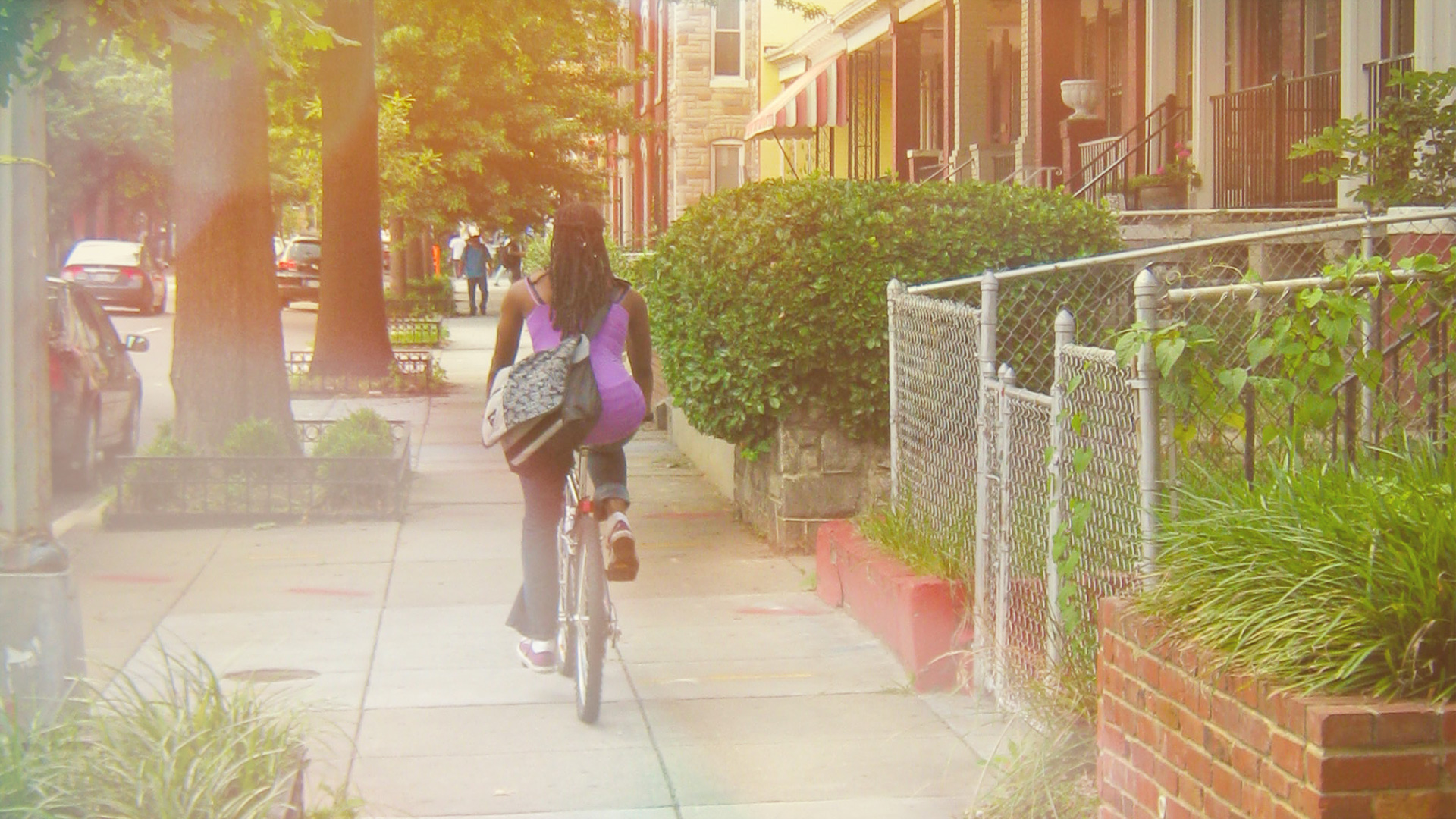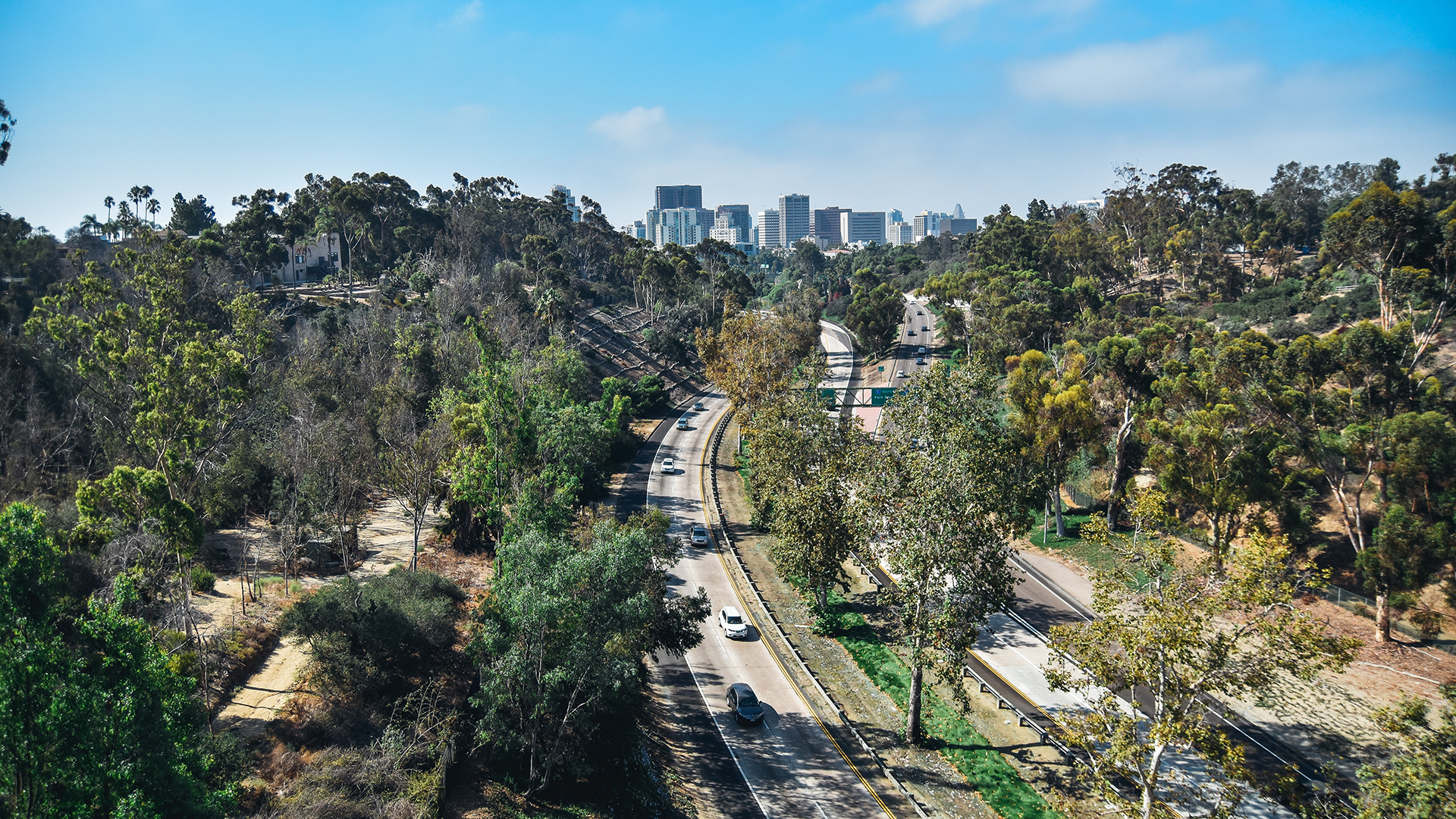Challenge
The City of Oakland, CA has long been encouraging and building bicycle lanes to provide more options for people who want to bike. With the expansion of bike share in the San Francisco Bay Area, prioritizing where bike infrastructure investment should occur has become increasingly important for the City. Oakland covers a large geography at approximately 78 square miles with over 800 miles of public streets and roughly 100 neighborhoods. How could the City begin to identify and prioritize the greatest needs for bike improvements?
Solution
Kittelson worked with the City of Oakland to create a GIS-based mapping tool that evaluates and maps the level of bicycle stress for all public roads in Oakland. It also identifies key streets with potential destinations for biking: for example, streets that connect large residential areas to schools, parks, transit, or neighborhood commercial areas.
The Outcome
Lowering Stress to Raise Oakland Bike Ridership
The GIS-based mapping tool shows which streets are already low stress and feasible for most people to bike on, and which streets are higher stress, critical for reaching desirable destinations, and therefore, in need of improvements to better facilitate biking. The tool will be used to inform and prioritize where and when new or improved bike lanes, buffered bike lanes, separated bike lanes, and other similar improvements should be made. It can also assess alternative bike improvements and demonstrate how projects could improve overall route choices for bicyclists.



